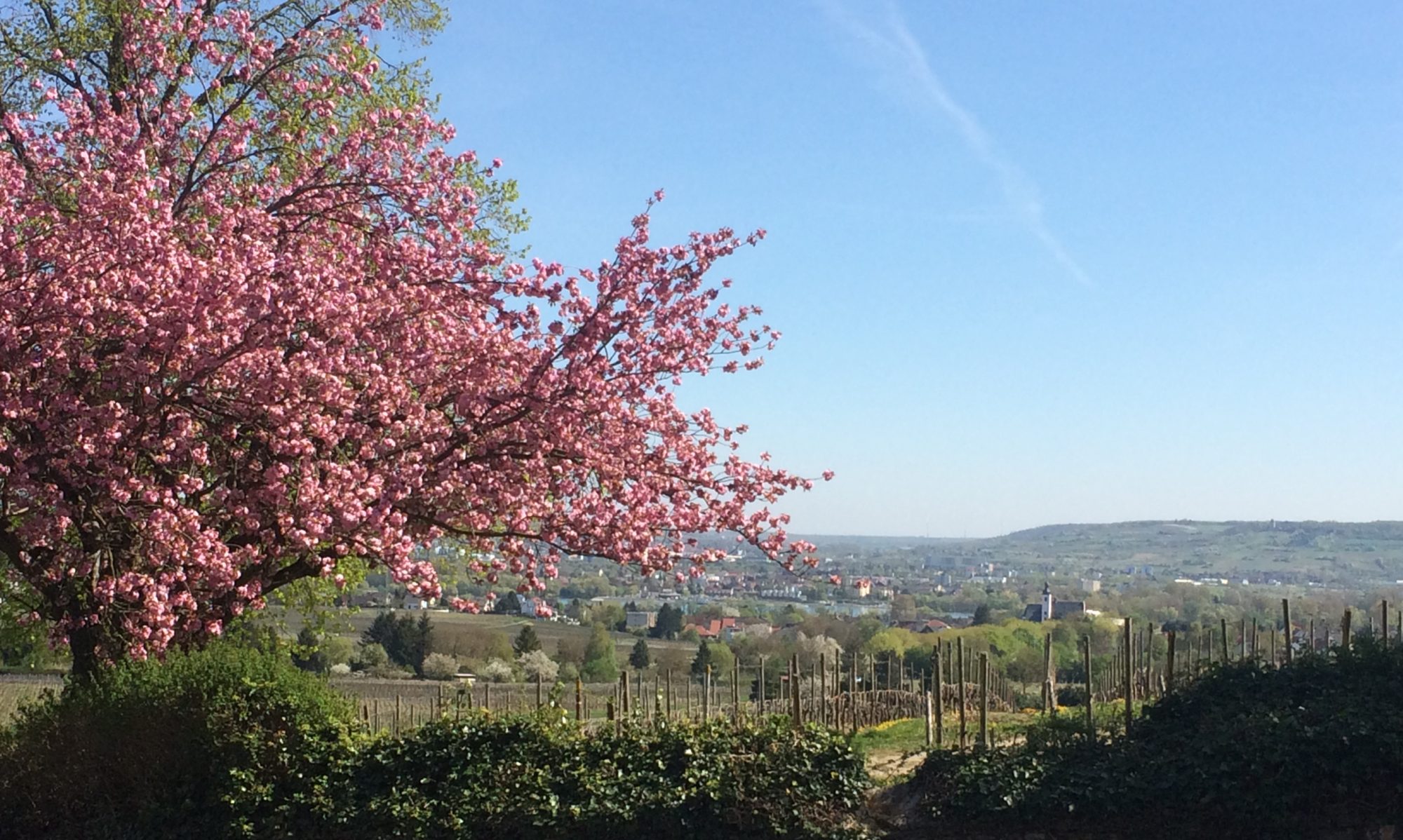Oktoberfest in Munich is the world’s largest folk festival and attracts millions of visitors every year.
What makes the Oktoberfest so special? The answer lies in tradition, greatly aided by the consumption of significant alcohol (beer), very loud ‘oom-pah’ music and colorful Bavarian costumes.
The festivities begin at noon on a Saturday in the second half of September (this year on the 16th) and continue for more than two weeks.

Tradition and Oktoberfest
The Oktoberfest rituals are the same every year. The kick-off takes place in the oldest beer tent when the Mayor taps the first keg and exclaims ‘O’zapft!’ (keg tapped!). A gun salute is fired in the air to the Bavaria statue, and the sale of beer in the tents begins.
Fourteen temporary structures of various sizes and seating up to 2,900 people provide space for food and music. They are packed with picnic tables and benches. Comfort is not especially important because the individual sessions are limited to a couple of hours before the old customers are escorted out and the new visitors flood into the tent.

Prior to the ‘O’zapft,’ the festival tent keepers and breweries have a ceremony for taking over the Theresienwiese grounds, where the festival is held. A colorful procession of horse carriages, wagons decorated with flowers and waitresses holding beer mugs make their way through the streets of Munich to the festival meadow.
The beer served at Oktoberfest comes from one of only six official breweries: Augustiner, Paulaner, Spaten-Franziskaner, Löwenbrau, Hacker-Pschorr and Hofbräu. All are traditional breweries that have been in the same families for generations.
On the first Sunday of the festival there is another parade through Munich where around 9,000 people dressed in costumes march accompanied by brass orchestras and bands to the festival grounds.
And on the last day of Oktoberfest there is a closing ceremony that includes another gun salute to the Bavaria statue at noon.
How Oktoberfest Got Started
At the beginning of the 19th Century, Andreas Michael Dall’Armi, a member of the Bavarian National Guard, had the idea of creating a unique wedding celebration for the Prince Regent Ludwig of Bavaria (later King Ludwig I) and the princess Therese of Saxony-Hildburghausen. Dall’Armi organized a horse race as part of the wedding festivities.
The race took place after the couple was married on October 12, 1810 on the grounds of what became known as the Theresienwiese, later named for the bride. This marked the beginning of the Oktoberfest.
Though wars and scourges delayed the establishment of an annual celebration, the placement of a statue of Bavaria, guardian of the Oktoberfest and symbol of the Bavarian state, was unveiled in 1850. Oktoberfest became a regular institution in Munich from then on.
The Mayor tapped the opening barrel for the first time in 1950, adding yet another layer of tradition to the annual proceedings. Today there is an accompanying fun fair for visitors (‘Budenstrasse,’ or strip of booths) plus a ferris wheel and roller coasters for family entertainment.

How to Have Fun at Oktoberfest
Wearing the costumes are an important part of the fun. Men wear ‘Lederhosen’ (leather shorts) with suspenders and Trachten hats (felt hats with an ornamental tuft of goat hair). Women wear ‘Dirndl’ dresses that are tightly fit above the waist with a flowing skirt bottom and an apron. If a woman ties the bow to her apron on the right, this signifies that she is taken. On the left means she is available.
When you drink beer at your table, make sure you use the traditional greeting ‘Prost!’ To toast with a neighbor. Always make eye contact with your drinking compatriot!
Food is also a big part of the fun. Eat ‘Hendl’ (spit-roasted chicken), ‘Haxn’ (pork knuckles), ‘Bretzel’ (soft pretzel), ‘Knödel’ (dumplings), ’Würstl’ (sausages) or ‘Brotzeit’ (platters with bread, meats and cheeses).

Before you leave, make sure you buy a souvenir! Buy a ‘Lebkuchen’ (gingerbread) heart, a beer stein, some ‘gebrannte’ Mandeln (sugar-coated roasted almonds) or a felt hat with a tuft.
And enjoy the music! Oom-pah music encourages swaying. If you are really feeling good, join in the iconic ‘Ententanz’ (Chicken Dance), which goes like this:
-Hold your hands next to your ears with the palms facing forward and open and close them four times,
-Tuck your hands under your armpits and flap your elbows four times,
-Straighten your arms and wiggle four times to the music,
-Stand up and clap four times.
O’zapft!
Sources:
All photos sourced from Google
